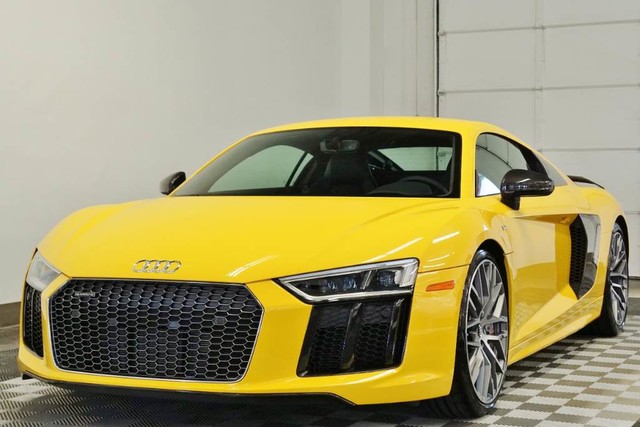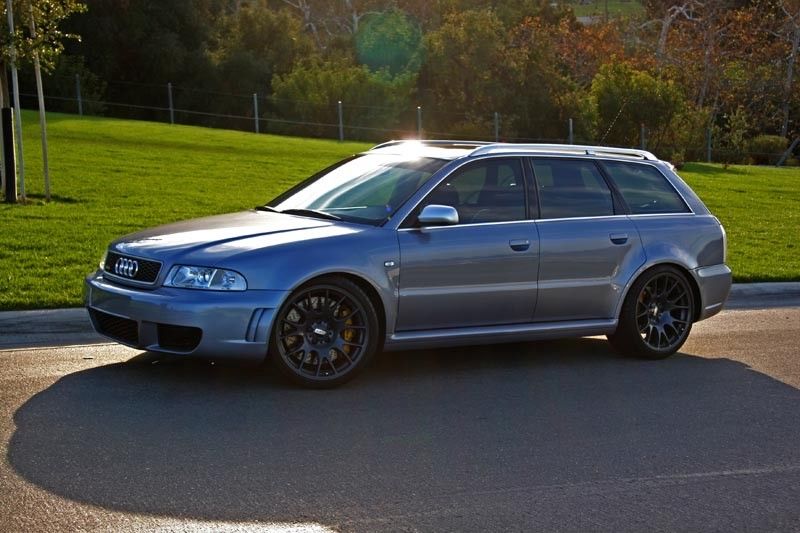While I spend most of my early 2000s Volkswagen attention on Passats and GTIs, there was another pretty compelling package in that period. The Jetta Wagon launched in 2002 and brought with it a myriad of engines and transmission options. Finally, the United States had access to the ‘Golf Variant’ that the rest of the world had enjoyed through the 1990s. And, you could have a TDi, a VR6 or even the 1.8T hooked up to a manual. Aside from it being called a Jetta and therefore you had the same car as all of the ‘Jenna’s from ‘Jersey (‘Cause, like, it’s like almost the same like spelling as like my name is like OMG!!!), there weren’t many drawbacks to the small wagon.
Judging from the number of Mk.4 Jetta Wagons that I still see on the road, the TDi was the most successful model sold in this area. Neat – in theory – is the VR6 model with a 5-speed manual, though finding one can be a bit of a trick. And they were pricey; you’d assume the Jetta would be cheaper than the more upscale Passat, right? Not always. While my 1.8T GLS Passat went out the door around $26,000 in 2002, if you opted for a modestly equipped VR6 Jetta you’d pay over $27,000. And while the VR6 may have seemed to be the best bet, I’d argue that the 1.8T was better value.
That’s because for the 2002 model year, Volkswagen reprogrammed the 1.8T to make a bit more twist. The resulting AWW was seen in the GTI and GLI cars, but also carried over unchanged in the Jetta. Rated at 180 horsepower, it produced 10 horsepower more than the Passat and 6 more than the 2.8 liter SOHC 12V VR6. While the GLI package didn’t carry to the wagons, you could still get 17″ wheels, leather interior, a 5-speed manual and some pretty colors, too:








